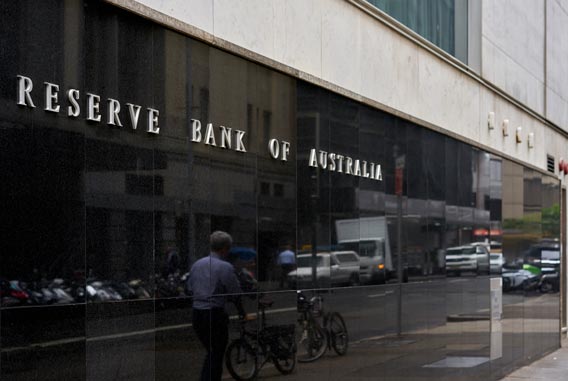When it’s all said and done, May 3, 2016, may well go down as the day when an attempt to solve a problem ended up creating an even greater one in Australia.
Six days after the release of Australia’s March quarter consumer price inflation (CPI) report — something that revealed headline CPI fell with underlying inflation also tumbling to fresh lows — the Reserve Bank of Australia (RBA) resumed a rate cutting cycle that began in late 2011, lowering the cash rate to a then record low of just 1.75%.
That reduction was followed three months later by another cut taking the cash rate to 1.5%, the level it remains at today.
Though there were other considerations, both were largely done in the name of helping to boost inflation — both near-term and in the future.
While the RBA’s response was not all that unusual — it is, after all, an inflation-targeting central bank — the twin rate cuts appear, in hindsight, may have actually created an even larger problem for the RBA.
Those cuts, along with other factors such as the Turnbull government’s reelection ending in political uncertainty over the tax treatment of housing, put a rocket under property prices in Sydney and Melbourne, already the most expensive in the country.
While there’s debate over just how much they’ve increased given varying readings from individual market providers, in simple terms the answer is a lot, in particular driven by resurgent investor activity in these markets.
It’s created a conundrum for the RBA perhaps even greater than just one year ago.
Bill Evans, chief economist at Westpac, summed up the problem perfectly earlier today.
“Even though income growth and inflation are too low and there remains ample spare capacity in the labour market the (RBA) has no flexibility to cut rates,” said Evans.
“The evidence is clear that the rate cuts the Bank embraced last year in the face of low inflation fuelled house prices and household leverage. The Bank is concerned about possible excesses in the housing market.”
Now, like then, inflation remains stubbornly low and unemployment (and especially underemployment) high, creating conditions that are leading to record-low wage growth which are then feeding back into a lack of inflationary pressures.
It’s easy to understand why some believe that the only inflation the RBA succeeded in creating was in housing prices in just two Australian cities, rather than delivering appropriate policy settings for the remainder of the country.
To be fair to the new RBA governor Philip Lowe, a man who took over that title the month after the RBA last cut rates, he’s well aware of the problem, telling parliamentarians last month that he’d like to see unemployment a bit lower and inflation a bit higher.
His reluctance to use monetary policy to speed up this trend, however, was that further rate cuts “would probably push up house prices a bit more, because most of the borrowing would be borrowing for housing.”
He’s hamstrung, in other words, as Evans suggested earlier today.
Other parts of the economy would no doubt benefit from lower borrowing costs, and potentially a lower Australian dollar, but that can’t be delivered by the RBA because of financial stability risks in Australia’s largest, most expensive and economically most important housing markets.
Though no one knows whether the RBA’s conundrum will self-correct, allowing the bank increased policy flexibility to benefit the broader Australian economy, the question that needs to be asked is whether we should wait to find out the answer.
That answer is undoubtedly no.
What is required is a coordinated response to reduce risks in the Australian housing market that will free up monetary policy to do its one and only job — to bring forward or pull back demand within the economy when necessary.
That task will fall to Australia’s banking regulator, APRA, in consultation with the RBA, along with state and federal politicians.
There’s noises being made that suggest this is already occurring, but the longer house prices in Sydney and Melbourne are allowed to run away unfettered, the greater the likelihood that the RBA will be unable to make a difference for the broader economy if and when its required.
That’s a scenario that no one wants to see tested in reality.

